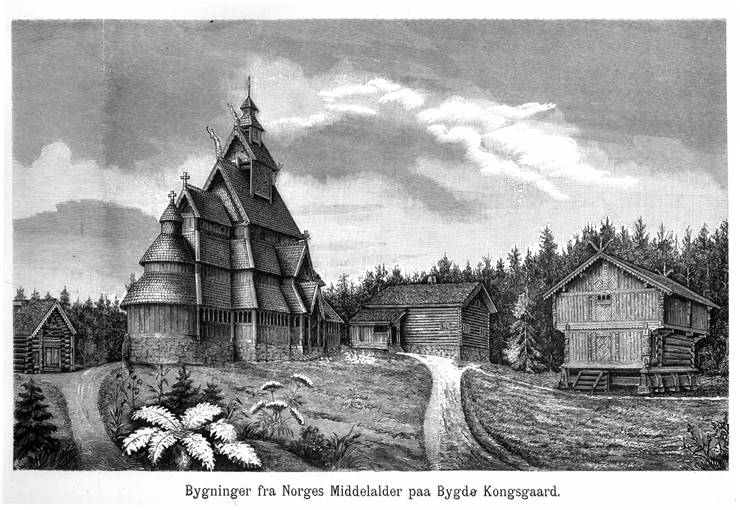History of Open-air Museums
Open-air museums provide a unique and immersive experience by preserving and showing historic buildings, artifacts, and cultures in natural settings. This allows visitors to step back in time and experience history firsthand.
An open-air museum exhibits old buildings that are reconstructed or rebuilt so they look like they did in an earlier period in history. The first open-air museum from King Oscar II's collection was founded in Oslo, Norway, in 1881. The idea was to build 8 to 10 buildings to show the development of traditional Norwegian architecture since the Middle Ages. An open-air museum in Sweden was built in the second half of the 19th century. It was called Skansen, and Artur Hazelius founded it after he saw an open-air museum in Olso. Skansen, in time, became a model for other open-air museums in Europe and North America. Living museums are a special type of open-air museum where actors interpret life and crafts of the period that open-air museum represents. The First North American open-air museum is Greenfield Village in Dearborn, Michigan, founded by Henry Ford in 1928. Greenfield Village and Colonial Williamsburg, established in 1934, influenced other open-air museums in North America and established their style and difference from European open-air museums. European open-air museums are more focused on buildings, while North Americans seek to show the life of people in the settlements of the past.
Some of the notable open-air museums are:
Luxor in Upper Egypt on the east bank of the Nile River that dates from 1400 BC.
Nazareth Village in Israel where Muslim and Christian actors dress in costumes from the 1st century and reenact the life and craft of that time.
Edo-Tokyo Open Air Architectural Museum in Tokyo, Japan, enables visitors to experience the architecture of many different buildings from different periods, such as high-class houses, public baths, and shops that no longer exist outside the museum.

Xinye Village in Jiande, Zhejiang Province, China, is well-preserved with ancient residential buildings and Ming and Qing-era architecture.
Árbæjarsafn in Iceland displays the life of Reykjavik people in the past.
Tumba Madžari in Macedonia is a reconstruction of a Neolithic settlement placed northeast of Skopje, the capital of Macedonia.
Alaska Native Heritage Center is situated on 26 wooded acres and has a Hall of Cultures, a theatre, a Gathering place, and six life-sized Native houses that surround Lake Tiulana.
Amish Acres Historic Farm & Heritage Resort, Nappanee, Indiana, shows Amish life and has nine buildings, two log buildings that were relocated from their original position, an ice house, a mint distillery, maple sugar camp, an apple cider mill, one-room school, and a blacksmith shop.

